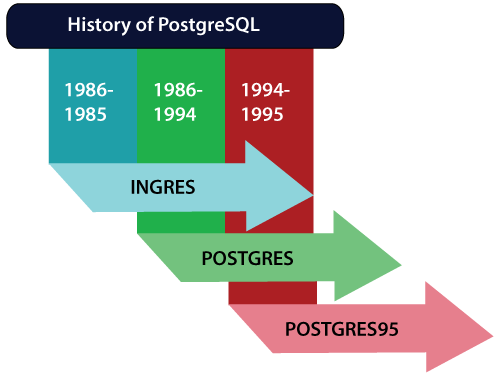

Though the free tier is not a great option for bigger applications, it suits really well for smaller scale and ide projects, so we will be looking into the details of how to deploy a Django application to Heroku which is a Platform as Service (PaS). A free tier Heroku account has a limitation of 5 apps, limited data in the database, limited connections to the server per month, and so on. It provides a decent free tier with some great features and add-ons. For a list of suggested metrics, see Monitoring Heroku Postgres.Author: Meet Rajesh Gor #django #web-development #python Introductionĭjango projects are quite easy to build and simple to understand, you might have created a Django application and wanted to show it to the world? You can deploy a basic Django application with a database(PostgreSQL) with Heroku. These metrics are a subset of those viewable by running the SHOW POOLS command when connected to PgBouncer’s special internal database.įor more information about the different available metrics, see Heroku Postgres Metrics Logs.
#HEROKU POSTGRESQL TUTORIAL INSTALL#
The most effective way to track database metrics is to install a platform monitoring add-on.Ī full list of monitoring add-ons can be found on the Heroku Elements Marketplace. If you don’t want to manually sift through logs, you can install a monitoring add-on. Use the -source (or -s) and -dyno (or -d) filtering argument to fetch logs with a certain source, a certain dyno, or both: $ heroku logs -source my-application -dyno worker


A real-time tail session automatically terminates after one hour of inactivity. When you’re done, press Ctrl+C to return to the prompt. Use the -tail option to access real-time log entries: $ heroku logs -p heroku-postgres -a heroku-101-demo-app -tail $ heroku logs -p heroku-postgres -a heroku-101-demo-app You can isolate Heroku Postgres events with the heroku logs command by filtering for the postgres process. Heroku Postgres logs to the logplex which collates and publishes your application’s log-stream. You can view logs with the Heroku CLI, the dashboard, your logging add-on, or in your log drain. To learn how to create a Heroku Postgres database, see Provisioning Heroku Postgres. Heroku-postgresql (postgresql-concave-52656) mini $5/month created Use the heroku addons command to determine whether your app already has Heroku Postgres provisioned: $ heroku addons You must have a Heroku Postgres database provisioned before you can proceed. Identify which database metrics to track.In this getting started, you learn how to: If you have a production database, make sure you’re monitoring it. Monitoring can also help you tune, debug, and troubleshoot your application. You can access a Heroku Postgres database from any language with a PostgreSQL driver, including all languages officially supported by Heroku. Heroku Postgres is a managed SQL database service provided directly by Heroku.


 0 kommentar(er)
0 kommentar(er)
